Rajneesh De, Consulting Editor, APAC News Network
One of India’s leading FMCG companies, Emami was established in 1974 and in just a few decades, it has expanded globally into a Rs 25,000 crore business conglomerate. Today, Emami boasts a proud legacy in sync with group’s vision is ‘Making people healthy and beautiful, naturally’. The company has a distinctive Ayurveda and herbal focus, which has gained popularity in international markets including the Middle East.
Emami has been leveraging technology to create increased brand awareness for its products. One of the biggest trends of the pandemic era across geographies is the shift to digital and e-commerce. Consumers today continuously connect with a plethora of brands through new media channels beyond the FMCG company’s control.
Strategies behind Emami’s digital transformation journey
Emami has been investing deeper into their digital and technology-based initiatives, which are translating into a D2C access and circumventing intermediaries. The company is not only marketing products through stores and ecommerce, but also marketing customised products exclusively for online sales. At the same time, Emami also looks to derive insights into the consumers which will help the companyfurther understand consumer preferences, resulting in quicker offtake and superior holistic profitability.
There have been several key milestones in Emami’s digital transformation journey. As xxx explains digital is an amalgamation of technology, new business models, evolution of a way of working, and new consumer habits supporting the data. These are what can be called as the pillars on which the digital strategy stands.
Based on this strategy, Emami has different transformation projects mainly based on three criteria– the projects should give bottom lines, the effectiveness or productivity improvement and the customer delight. Another important strategic decision has been to ensure that Emami has not tried to undertake or implement this digital transformation centrally.
Instead the Emami IT team has been closely working with the functional heads and there is a chapter on what kind of digital initiatives that they are expecting currently. The focus is also to ensure there are not too many initiatives and instead concentrate on inputs, plan and delivery.
Analysing Emami’s digital transformation outcomes
The outcomes of Emami’s digital transformation journey can be measured on twin fronts–one is infrastructure related and the other is application related. Infrastructure is an enablement, and so for infra initiatives, the IT team initiates them and sets a clear cut deliverable also. The IT team ensures that these infra initiatives are in sync with the overall IT plan and the business applications are subsequentlt moved to the cloud.
Regarding Application projects, Emami has not fixed a template within the organization. The reason is that the IT alone does not implement the business applications, but do so in a partnership with other stakeholders of the Emami ecosystem. The business function people, and IT function team jointly create a cross functional team. This cross functional team in turn creates a business case and clearly defines what are expected out of that, what is going to be the outcome, how to measure it, and who will be responsible. A high level committee also reviews as a part of the business process. Therefore, overall there is a clear cut mandate on what is being expected and what is being delivered along with a monitoring mechanism.
Emami also has a clear cyber security roadmap agreed upon a couple of action points. The company is maintaining a score card on that. Once a particular activity is complete, the score will come into that and the team is targeting to achieve 90% of the score by year two. There is also a two level approach including operational reviews. In the current situation, Emami has increased its security monitoring mechanism. The IT team also maintains a security command center and conducts continuous monitoring and then conduct a weekly review. There are clear cut KPIs on security side deliverables which are in sync with the partner as a SLA and KPI for the security head. Subsequently, Emami has implemented a couple of solutions, like ZERO trust access, and secure internet gateway.
These are the two type operating models as part of the overall IT strategy. One is the strategic initiatives and routine matters like technology related implementations and engaging the partners. The other initiatives like business relationship management and account management are being managed internally by the company. The core technology functions are mostly outsourced but some are handled in-house.
Dissecting Emami’s key technology solutions
Emami has deployed SAP to capture the transactions. There are 15 other applications the company is using. Emami proudly claims to be the first FMCG company to complete rollouts of secondary sales also as a part of SAP. There are technologies on the infrastructure side and on the security side too. Emami has also taken a lot of initiatives in the last two years, including the business applications moving to a public cloud.
The IT team informs that Emami started their analytics journey almost three years back. Though they have completed a few projects, but they are still far from mastering analytics. Initially the company faced a lot of challenges, about the data quality and other aspects, but slowly the journey started. Hopefully the IT teams informs that Emami is now stabilized and well established on this area.
In fact, the focus is now on improving the quality and Emami has implemented several advanced features around advanced analytics also, which has given a lot of value to the business. It has improved the company’s bottomline too and now there are more projects on the pipeline. Emami has also conducted a couple of initiations and PoCs on AI/ML and some are completed. Emami is still finalizing the roadmap on this front. Emami is also evaluating newer technologies like AR/VR especially for brand related things like KeshKing and Navaratna oil. The blockchain discussions are still in the premature stage.
The digital supply chain solution has been deployed in Emami around 18 months back and till date it is meeting to the latest requirements. The company has been operating in semi-automated mode kind of thing. Several interventions have been initiated in the areas of digitization of transportation till date.
The company is using different technologies to digitize some of itsr distribution channels. Accordingly, the IT team has made a flexible architecture that anybody can interact with the main ERP applications Taking the order digitally also is another option and both the businesses and IT are jointly working on that.
Pandemic catalyst for Emami’s tech transformation
Post the pandemic, like other FMCG companies Emami too has clearly seen the change in the consumer behaviour and their priorities also. Accordingly, Emami today has a flourishing e-Commerce arm as another line of business.
After COVID, Emami is also leveraging more technology for employees going to the field. The company is providing those tools to our salesforce to minimize field visits. The value chain is able to operate on that and the IT team is re-innovating methods & means to reach the end-consumer.
Initially, Emami has not encouraged the BYOD policy for employees. They always preferred to give organizational assets. However, there has been much relaxation on this post pandemic, bevause quick adoption is important and people were working in remote locations and sending the device there was difficult. Along with BYOD, the company has set up a governance process, and a security related checklist.
On the mobility side, Emami witnessed a lot of challenges and security related lapses in the last few years. The company subsequently implemented good security tools for antivirus and other areas also and they have been working fine till date.
Structure of Emami’s IT team
Samrat Banerjee, Sr VP & CIO, Emami, based in Kolkata, has been heading the IT function for the company for the last one and half years, managing IT operations and designing future IT strategy for the company. Satyendra P Tripathi, VP IT & CIO, Emami Agrotech has been heading the IT functions of the edible oil and bio-diesel arm of the Emami Group.
Emami has been primarily democratized as per its IT team structure with a 50-50 ratio between experienced personnel and novices. There are both people having experience of more than 20 years in the IT team, as well as the new generation with two years, three years experience. Importantly, some people are having in-depth knowledge on business, and some others are having in-depth knowledge in technology.
Even though Emami offers some internal trainings, it is a difficult to do so exhaustively as there is need to deliver the projects fast. That is the reason for core technologies Emami is depending on third-parties. For partners, the primary focus is on engaging with the start-up companies.
Emami today has an ERP head, infrastructure head, and for analytics related it has a content center of excellence that also reports to the IT head. Individual team members also have additional responsibility to coordinate with the respective functions. In turn, their responsibility is to educate the technologists coming in that area to educate to the functional people.






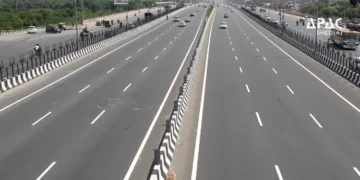
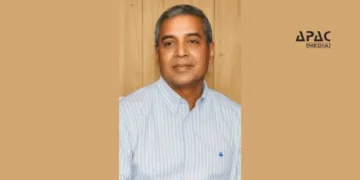

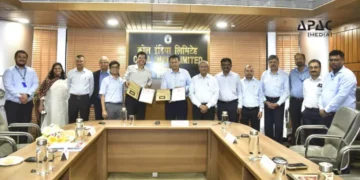





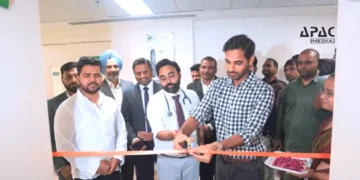





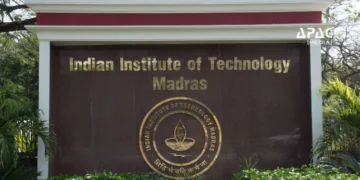

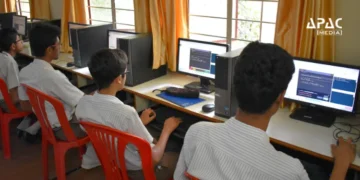
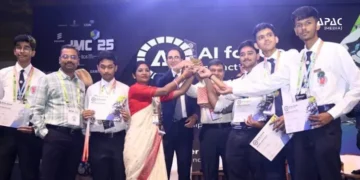
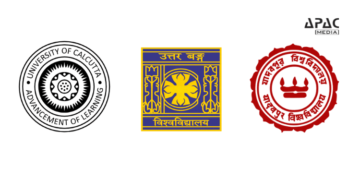

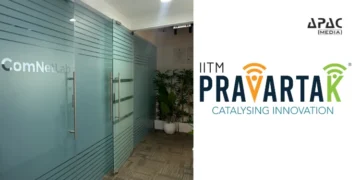



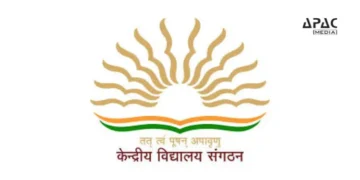

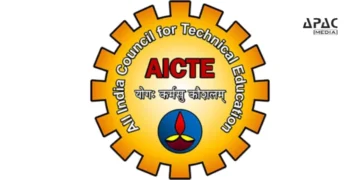


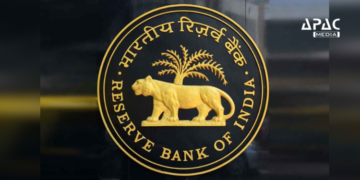
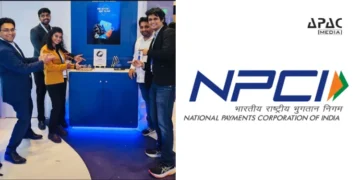































Discussion about this post